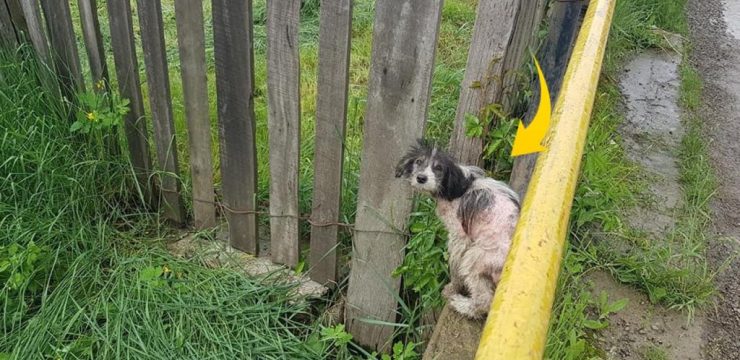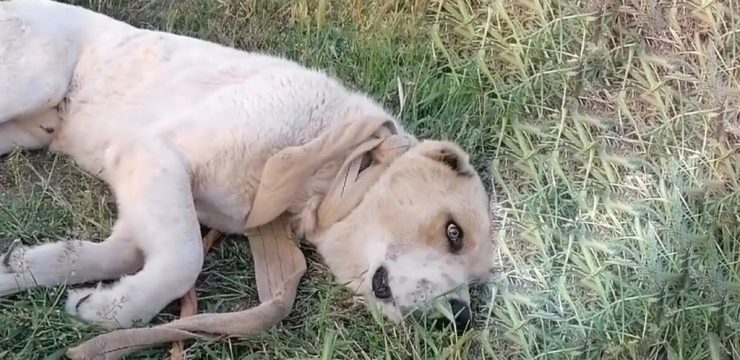In the quiet town of Santa Fe, Argentina, 46-year-old Lujan Eroles stumbled upon something truly bizarre in her garden—what she initially thought was a snake. The 10-centimeter-long creature bore an uncanny resemblance to a serpent, leaving Eroles both stunned and cautious.
“I have never seen anything like it,” Eroles shared. “It looked just like a snake, and its eyes were so strange.” Fearing it could be venomous, she quickly filmed the creature, which later sparked a wave of online speculation and discussion about what this odd garden dweller might actually be.

The Mystery Behind the Snake-Like Creature
As the video circulated, many people expressed concern about the possibility of encountering a venomous animal. The intensity of the moment wasn’t lost on Eroles, who anxiously sought answers. Her video prompted numerous guesses, with many wondering if this was a dangerous creature lurking in her backyard.
However, experts soon stepped in to clear up the mystery. The “snake” was not a snake at all, but rather a caterpillar belonging to a rare species of moth, potentially the Elephant Hawk-Moth Caterpillar, native to parts of Central and South America.
Nature’s Master of Mimicry
What makes this caterpillar so extraordinary is its ability to mimic a snake, a remarkable survival strategy. This species lacks any natural defenses, such as venom or a tough exoskeleton, making it vulnerable to predators. To counter this, the caterpillar has evolved a clever trick—it mimics the appearance of a dangerous snake to fend off threats.
Its most impressive feature is the set of large “eye markings” behind its head, which give the illusion of a snake’s head. These markings make predators think twice before attacking, as they are fooled into perceiving the harmless caterpillar as a potentially dangerous serpent. This form of mimicry is a striking example of how nature equips its creatures with fascinating ways to adapt and survive.
Online Buzz and Expert Insight
Eroles’ video captured widespread attention, with viewers from around the world marveling at the creature’s snake-like appearance. Many expressed amazement at how something so small could so convincingly resemble a snake. Discussions ranged from shock to fascination, as people learned about the unique defense mechanisms that many animals, even the seemingly humble caterpillar, use to evade predators.
Experts confirmed that the Elephant Hawk-Moth Caterpillar, like many other creatures, relies on mimicry to navigate its environment safely. This particular form of adaptation is not only visually impressive but also showcases the diversity of survival strategies found in the natural world.
A Lesson in Biodiversity
This chance encounter with a mimicry master serves as a reminder of the incredible biodiversity that exists on our planet. From tiny caterpillars mimicking snakes to insects that blend perfectly with leaves, nature is full of creatures that have developed astonishing ways to thrive.
Lujan Eroles’ discovery highlights the often-overlooked wonders in our own backyards. While her initial fear was understandable, the reality behind this strange creature offers a glimpse into the complexities of evolution and the beauty of adaptation. The world is filled with remarkable species, many of which we may never encounter—but when we do, they leave a lasting impression.
Conclusion: Not All That Slithers Is Dangerous
While Eroles’ snake-like creature turned out to be harmless, her story shows how nature can often surprise us with its creativity. Whether it’s a caterpillar posing as a snake or another animal with equally unique defenses, the natural world is full of fascinating surprises.
The next time you spot something strange in your garden, remember that it might not be what it seems. It could be another example of nature’s incredible ability to adapt and survive, hiding in plain sight.





